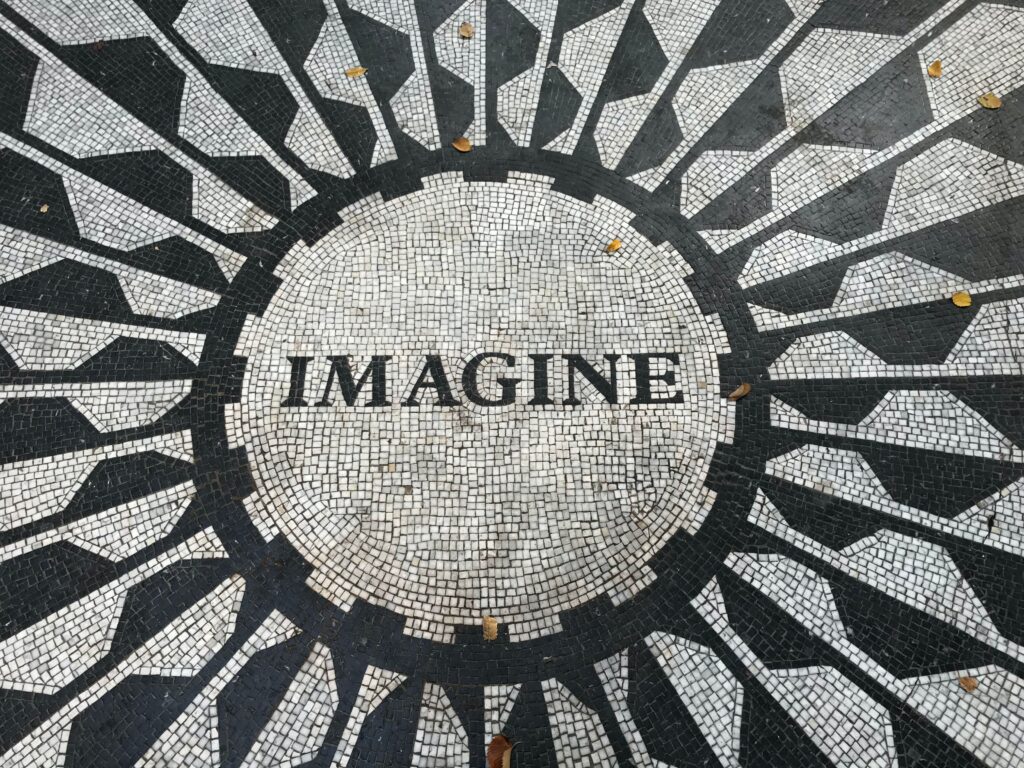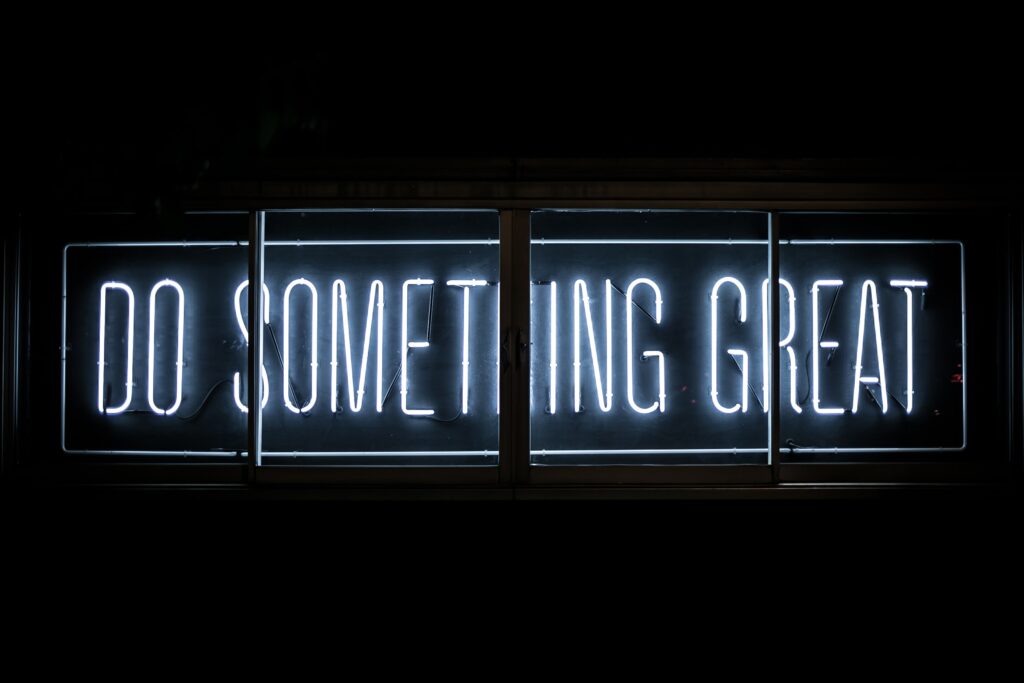Improve your Problem Solving skills with “The Opposable Mind”
Problem-solving and creativity are two of the skills the best leaders in the world have. Being able to see the big picture and think outside the box distinguishes the best from the rest. In the quest to find how the best leaders do it, Roger Martin started looking for patterns and found something exciting. He called it an “opposable mind”. The term comes from the opposable thumb and refers to the ability to hold two seemingly opposite ideas in one’s mind while looking for a solution. The book titled “The Opposable Mind” is a fantastic descriptive read on how some of the best executives in the world think. It’s an introduction to a robust problem-solving framework.

Integrative Thinking: What is it?
Before defining integrative thinking, as per Roger Martin’s definition, it can be beneficial to share why the book focuses on thinking. As Roger reveals in the first chapter, actions that work in one situation can be disastrous in another.
Asking the questions “How should I act?” or “What should I do?” tends to produce shallow results. Instead, Roger Martin wanted to go deeper and take a step back.
This is something that aligns with how coaching works as well. If you want to change your results, you need to change your actions, which in turn are changed by your thinking.
So, Roger Martin was interested to see how successful leaders and executives thought when facing problems or opportunities. In other words, he focused on discovering how the thinking created the actions.
Integrative Thinking
Through this journey and approach, Roger Martin found a distinctive way of thinking the best leaders and executives used. He calls this “Integrative Thinking” and defines it as:
“The ability to face constructively the tension of opposing ideas and, instead of choosing one at the expense of the other, generate a creative resolution of the tension in the form of a new idea that contains elements of the opposing ideas but is superior to each.”
Roger Martin
Keep on reading to find out how this problem-solving framework works.
The Process of Thinking and Deciding
To help the readers understand how integrative thinkers think, Roger Martin shares a model of how we make decisions. There are four steps in this decision-making framework.
Suppose you need a new glass supplier for your company’s vases. Your team has already done their job and provided you with a shortlist of 3 possible suppliers.
How do you make the decision?
Step 1: What is important?
The first step you take in the decision-making process is to identify which attributes and features are essential for you.
You might value promptness and glass quality but not really care how far away the glass comes from. You could also want a supplier who responds quickly and is there 24/7 but at the same time is not too expensive.
As you go through this step, you identify what’s important for you (or, as Roger Martin labels it, “salient”).
Inevitably, you might not realize something is salient at this stage but realize it later (“I should have thought of it”).
Step 2: How do the features relate to each other?
Having selected the critical attributes, you move to the second step to try to understand what you see. This is the so-called “causality” or map, as Roger Martin describes.
You create a map in your head to understand whether the supplier who is there 24/7 charges more. And that glass from China is less expensive than the one from Canada.
In other words, how are the features linked together?
Step 3: What tasks will I perform?
With the map completed, you move to the next step of the decision-making framework. This is where you decide what tasks to perform and in what order.
We rarely keep the whole picture in our minds. In fact, we tend to break it into components and tackle each component separately.
So, you now know you want to see the logistics of the glass coming to you, you also want to review the customer service, and lastly, check the quality of the product.
You might even ask some of your team members to work on the first action item, others to review the second, and you yourself to check the third.
This helps with the process of making the decision, but it also limits the view you have.
Step 4: Is it done?
The last step in the decision-making process is the resolution.
You have reviewed the suppliers and know which one you want to sign with.
Or you might end up realizing none of them is good enough. This means that your team will go back to square one and start looking for other options. Then, you will repeat the 4-step process of deciding who to sign with.

How is Integrative Thinking Different?
Integrative thinking utilizes the same 4-step process to reach a decision. However, it differs in the way these four steps are approached.
Step 1: What is important?
The differences start with the first step. Integrative thinkers look for important aspects deeper down the chain. They go beyond the conventional limitations.
If we go back to the example with the glass supplier, an integrative thinker might consider the customers’ reaction vital: “What will customers say if we order from supplier A? Supplier B? Supplier C?“
Integrative thinkers could also look at what employees would think. How easy is it to work with the glass?
Instead of limiting themselves, integrative thinkers broaden the view of what is salient.
Step 2: How do the features relate to each other?
Conventional thinking often utilizes linear and unilateral relationships. Integrative thinkers utilize systems thinking in their decision-making framework. They look for all kinds of casualties – linear, non-linear, two-way, loops, etc.
To illustrate the difference, let’s get back to the glass purchase.
Conventional thinking says that the higher-quality glass is more expensive, which would mean the price of the vase is higher, leading to fewer customers buying it.
An integrative thinker could also see that a better-quality vase can last longer, and with the addition of your company’s superb craftsmanship, this will entice more high-quality customers to buy your vases and even recommend them to others.
Step 3: What tasks will I perform?
The difference in the third step comes from integrative thinkers keeping the whole picture in their minds.
Instead of working on separate parts in silos, they remember the whole system when designing the various parts. This is not an easy task, but it creates superior results.
In the example with the vase, an integrative thinker might still task different people with researching the supply chain, glass quality, and customer service. However, the whole system and how these components interact with each other will be taken into account.
Step 4: Is it done?
The last difference in how integrative thinkers make decisions is that they don’t settle for an “either-or” option in their problem-solving framework.
They look for and find a solution that provides the best possible outcome.
This is where the term opposable mind comes into play again. The solution is never one of the two equally undesired options. It’s a new option which is better than the existing ones.
What could this look like in the example with the glass?
An integrative solution might include splitting the purchasing between 2 or even all 3 of the suppliers, depending on your factory location, backlog orders, or type of vase.
All Models are Wrong, Let’s Imagine a Better Model
How do integrative thinkers manage to apply this kind of thinking and problem-solving framework? Roger Martin has an answer for this as well.
As you already know, we all see the world in different ways based on our perceptions. These perceptions guide us in the choice of tools we use, which in turn guide our experiences. The experiences then inform our tools, which in turn inform our perspective, thus closing the loop.
In other words, who you are defines what you think and how you act, which defines who you are. It’s a loop.
What does this loop look like for an integrative thinker? It starts with the following understanding of the world in general and of the personal abilities in particular:
- What we see is not reality. It is only a model of it.
- Opposing models are not scary. They should not be avoided. They should be leveraged.
- All models are wrong, so there is always a better model out there.
- I can find a better model.
- I wade into complexity.
- I give myself time to create a better model.

Integrative thinkers also gain mastery and originality through their experiences.
They reflect on them and don’t take their thinking for granted.
This allows them to use the opposable mind to its fullest.
Integrative Thinking as a Problem-Solving Framework
“The Opposable Mind” is a fascinating book. It is full of examples and sheds light on how we think. If you haven’t read it, I highly recommend it. It will add to your problem-solving skills and make you a better thinker and leader.
And if you want to really understand how to come up with new models using integrative thinking and opposable ideas, read the sequence Roger Martin introduced a few years ago – “Creating Great Choices“. It is an even better source of information with specific steps anyone can take.
Stay tuned for its review in the following months.
In the meantime, share your personal experience with integrative thinking in the comments.
- Build a Professional Network That Loves You - April 22, 2024
- 5 Leadership Styles You Want to be Aware of - April 15, 2024
- Virtual Meeting Management: How to Lead Effectively - April 8, 2024







